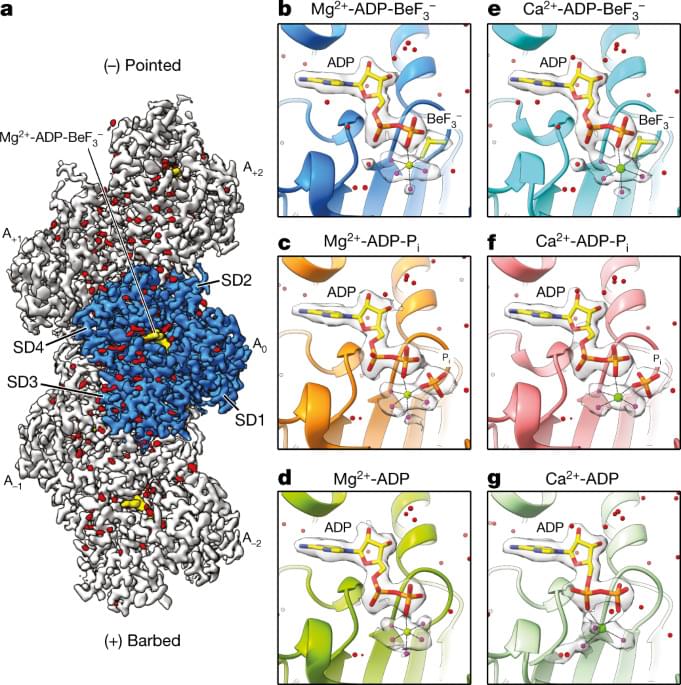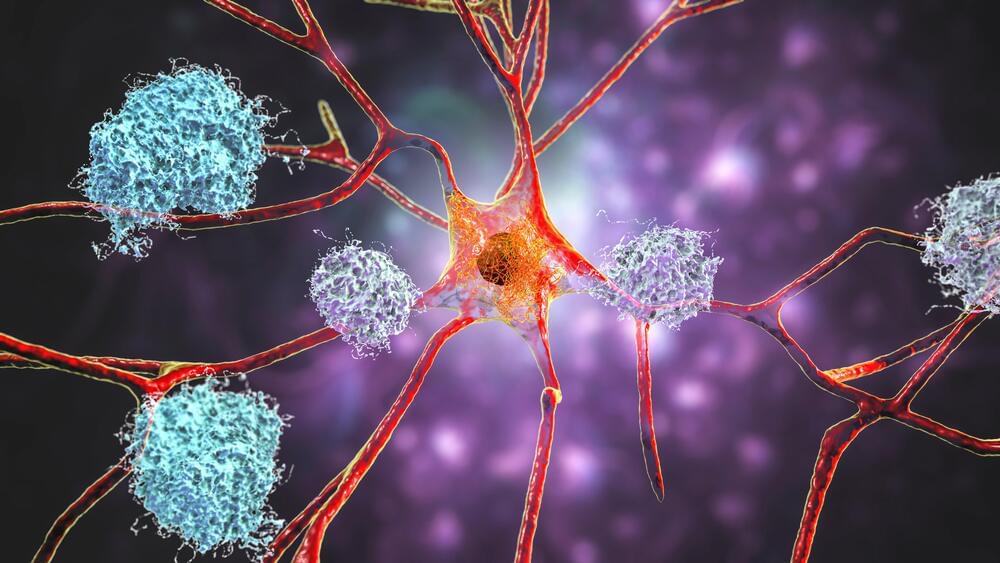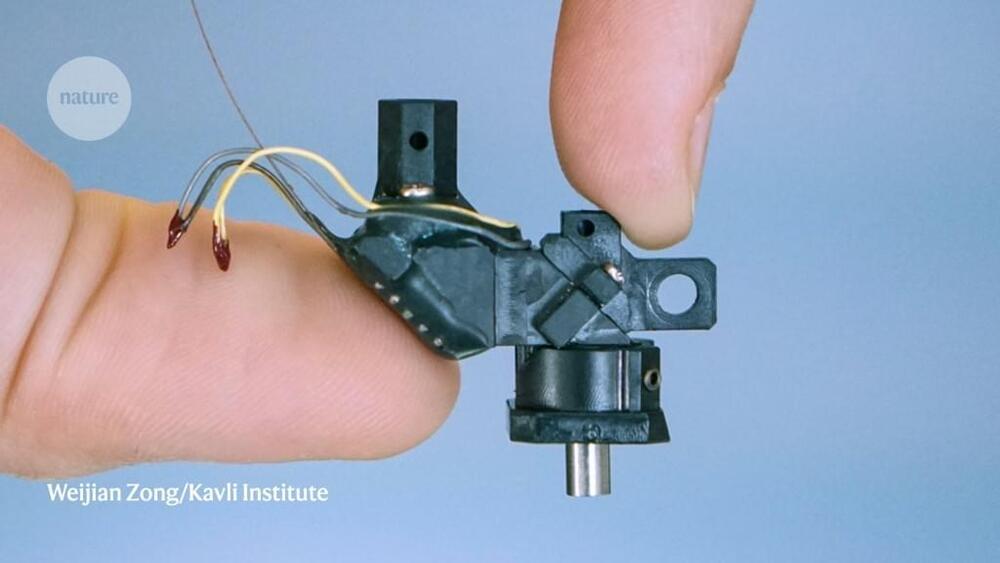Commonly assumed to be silent, 53 animals have had their ‘voices’ added to a family tree of vocalizations in an effort to determine when acoustic communication emerged in evolutionary history.
The species that are finally being heard come from four different animal clades, including 50 turtle species, the South American lungfish (Lepidosiren paradoxa), a limbless amphibian called Cayenne caecilian (Typhlonectes compressicauda), and a reptile from New Zealand known as a tuatara (Sphenodon punctatus).
“All recorded species were found to possess a varied acoustic repertoire comprising a number of different sounds,” the authors conclude.








